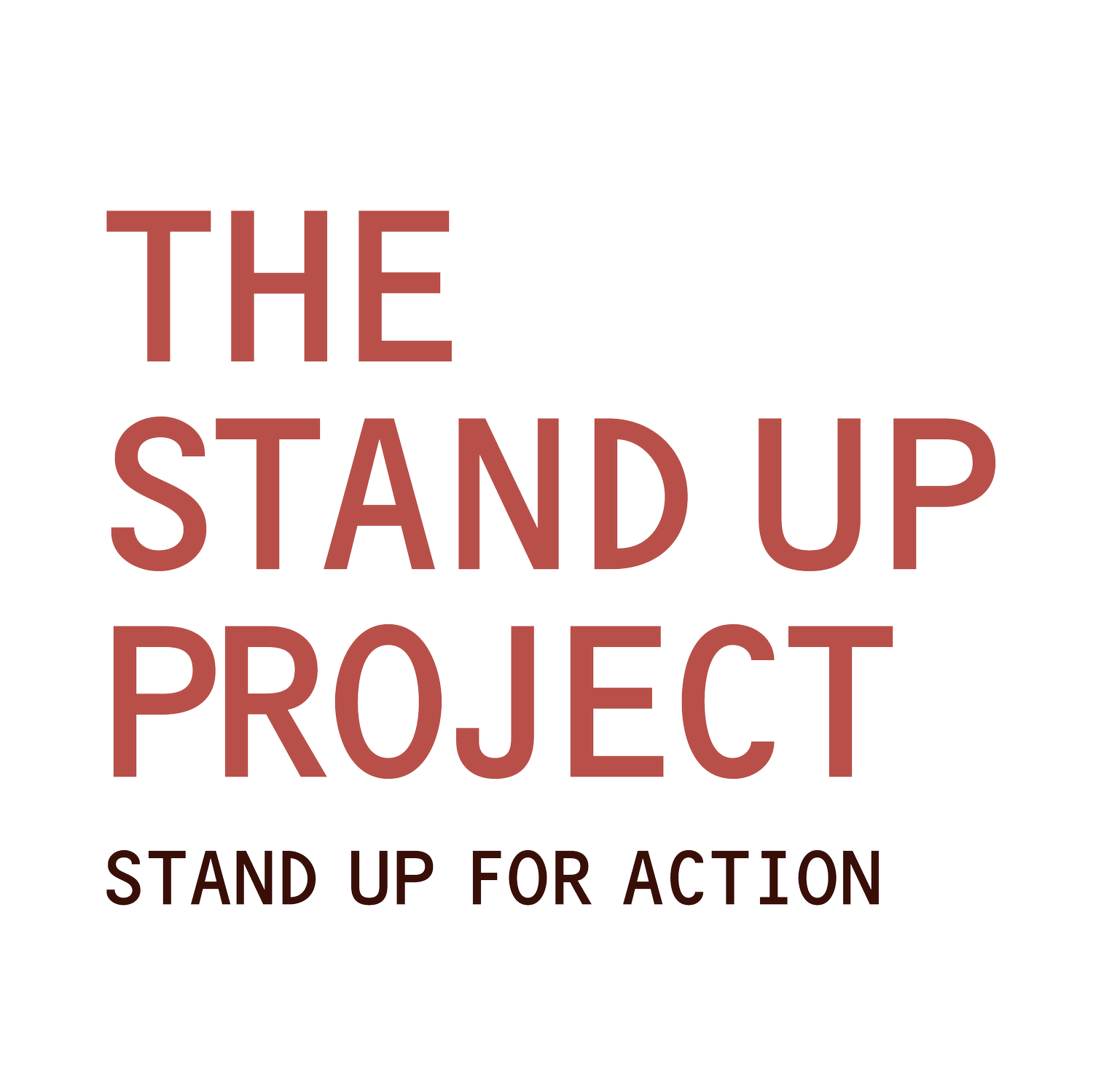Program Schedule and Inclusions
SUP is suitable for primary and secondary school students and consists of 5 in-person sessions delivered by Dr Zach Greig or another experienced SUP facilitator.
Schools organise when the SUP Student Leaders deliver their upstander training and activities to younger students.
Session 1: Foundational Training (60min).
Typically delivered to an entire year level, either grade 6 students, or year 11 and 12 students.
Delivered by an experieinced SUP facilitator in-person .
Demonstrate knowledge of the drivers and impacts of discrimination, harassment and bullying, and the history and research of the ‘bystander effect’.
Understand and reflect on evidence to inform appropriate upstander actions.
Develop and express social justice issues which are important to students and their communities (i.e., gender, race, religion, sexual orientation etc)
Demonstrate an ability to identify poor behaviour, evaluate settings and determine the appropriate ways to respond.
After the session, students are asked to volunteer to become SUP Student Leaders. 20 - 40 students are selected for this prestigious role.
Session 2: Train the trainer (60min).
Delivered by an experieinced SUP facilitator in-person and onsite.
30-40 SUP Student Leaders
Demonstrate an ability to problem solve and work collaboratively to refine the class plan.
Demonstrate an ability to identify any potential risks and/or challenges associated with the class plan and develop risk-reduction strategies.
Demonstrate an ability to deliver the class plan to other students and evaluate outcomes.
Show leadership and take ownership of the program’s success.
Session 3: How to support your child to be an upstander (60min).
Co-facilitated by SUP facilitator and SUP Student Leaders
Demonstrate knowledge of the drivers of discrimination, harassment and bullying, and the history and research of the ‘bystander effect’.
Demonstrate an understanding of how their child/ren identify poor behaviors, evaluate settings, and determine the appropriate ways to respond.
Understand their child/ren’s experiences, and how parents can support them to be upstanders.
Understand how students developed class plan, and how it will be delivered, and evaluated.
Session 4: How to support students to be upstanders (60min).
All parents from one junior year level.
Co-facilitated by SUP facilitator and SUP Student Leaders
Demonstrate knowledge of the drivers of discrimination, harassment and bullying, and the history and research of the ‘bystander effect’.
Demonstrate an understanding of how their child/ren identify poor behaviors, evaluate settings, and determine the appropriate ways to respond.
Understand their child/ren’s experiences, and how parents can support them to be upstanders
Understand how students developed class plan, and how it will be delivered, and evaluated.
Session 5: Evaluation (60min).
30-40 SUP Student Leaders
Delivered by an experieinced SUP facilitator in-person and onsite.
Demonstrate an ability to evaluate data, identify strengths and weaknesses, and agree on possible solutions.
Program Inclusions
Each session is tailored to the school’s context, incorporating school-specific generalised bullying examples, issues, trends
Learning resources.
SUP Posters outlining the Four Ds.
Editable letters to families informing them about the program.
Social media posts
Leadership badges for SUP Student Leaders.
Curated class plans by SUP Student Leaders for delivery to younger peers, along with proposals for program extension activities (e.g., assemblies, newsletters, support groups).
Post “Evaluation Session” Data analysis report for Principals and School Councils on the impact of SUP and student-led training outcomes.
‘Certificates of Leadership’ for SUP Student Leaders, including student-led training achievements (e.g., 80% reported increased upstander likelihood).
“Certificate of Participation” for all students in the school who receive the student-led training.
Ongoing support for teachers throughout the year. Including regular phone, online, or in-person discussions of how the program is being received and what improvements/changes can be made to improve outcomes.
